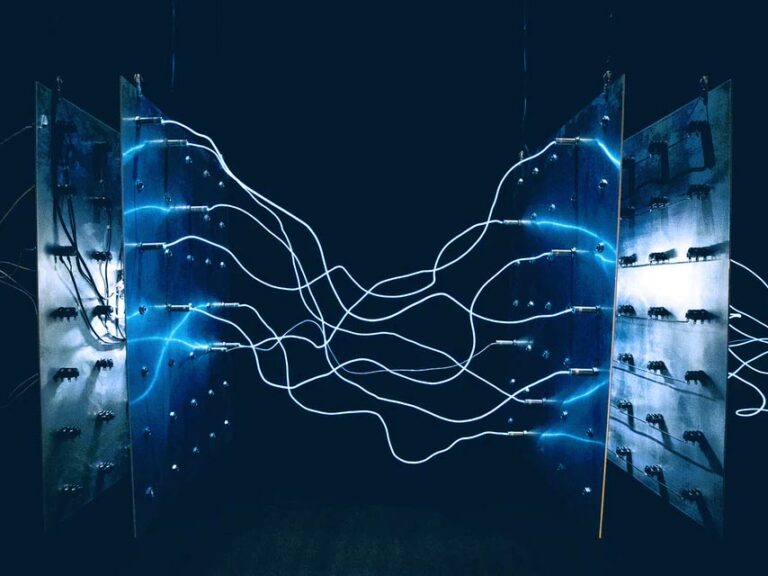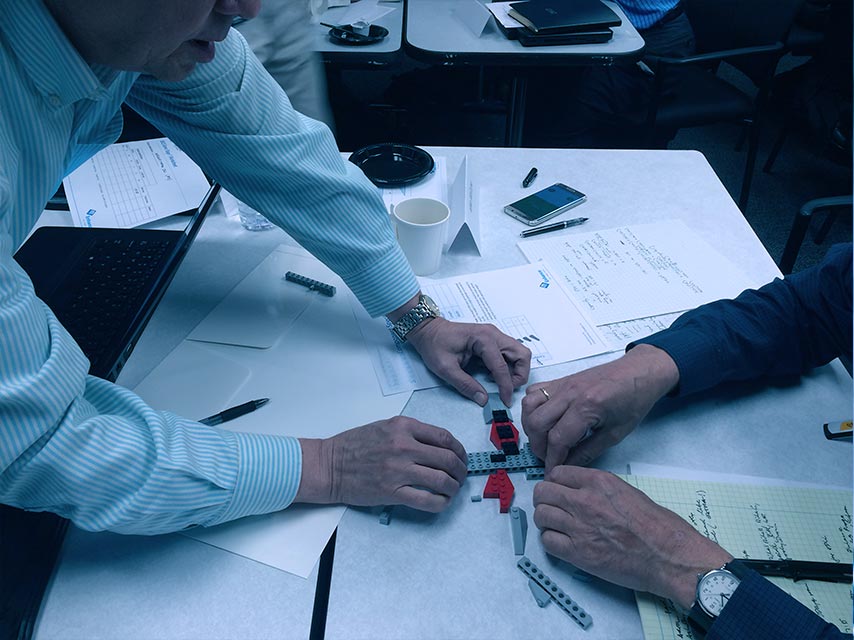Positive energy leads to positive engineering and positive ROI, whereas negative energy leads to negative engineering and negative ROI. I have seen it so many times. When AI can be used to measure positivity, then there will be undeniable evidence of this fact. For now, we will have to rely on our experience with reality.
Earlier in my career, I started working in an engineering department. I had heard about the problems that the department had suffered, but I was keen to make a difference. The first thing that became clear to me, after a few coffees with members of the team, was that they had good intentions. That was absolutely clear. Not only that, but they were highly skilled, passionate and committed to our customers. The second thing that was also as clear as day, was that they were unhappy.
I developed a good relationship with my department head, and I impressed him with my positive start. However, he quickly shared his alarming view of the team with me. He said, “I’m trying to build a wall. When you’re building a wall, not all bricks will do. Some bricks must go so that the wall can be strong.” I thought about his statement deeply, and realised what he was doing. He was blaming others for the problems, and assuming that by replacing the people, things will get better. And what was more alarming, was that I was considered to be a shiny brick!
The reality

To cut a long story short, there was a lot of negativity in the department. The managers were failing. They were complained about every week, joked about every day, and their plans were actively sabotaged all the time. That’s what happens when you treat people with contempt. The department was not a good place to work for anyone, and I soon left, but not without learning some important lessons. Here are 4 things you can do to transform your workplace culture.
1. Show that you value your team

Everyone likes to feel valued, and it’s important that you let others know that they are valued. When working on an engineering project, or any other project for that matter, it is easy to send emails without copying in everyone that should be, or to assume that you should be copied in to an e-mail when you don’t really need to be. The same is true with meeting invitations, lunches, or even projects. Misunderstandings and poor communication can quickly lead to bad feelings like mistrust, anxiety, and even helplessness. You therefore must make a conscious effort to prevent misunderstandings and continuously show that you respect people, you care about them, and you trust them to fulfil their responsibilities.
Value is a peculiar thing, because people feel valued in different ways. To create a great team environment, you need to understand what different people value and demonstrate their value in ways that they appreciate. Similarly, people should be given tasks that you are confident they will do well. By demonstrating their strengths, they will increase in positivity and that will transmute into your organisation.
2. Listen and act

When leaders switch from dictating rules to listening and really caring about people, they can not only lead change but transform culture. People will seldom follow your leadership if they think that you are not someone who listens. As with all elements of communication, listening is not so straightforward. In some cultures, people will openly share their thoughts and feelings, while in others, people tend to be more reserved. People need to feel comfortable and safe to be open, and leaders should enable them to do so.
When your people share their views and frustrations with you or your managers, it is important to first acknowledge what they say and later respond in some way. Surveys are conducted in many engineering departments, but people feel like they are a pointless exercise and not much is done with the data collected. By acting on the information you receive, you not only demonstrate your commitment to your team, but also encourage more open communication.
3. Establish a clear vision and goals

Without a clear vision and the right goals for everyone to work towards, your people’s efforts will go in different directions. Sometimes people do not believe in or support the monetary goals or constrained metrics that are set by engineering leaders. In these cases, people end up working solely towards their own goals and teamwork goes out the window. This leads to a lack of belief in the organisation becoming something greater. In other cases, there might be a consensus about what needs to be done, but confusion around how it needs to be done. In this situation, people will resist change, particularly if it goes against their personal interests. You must have the support of your people to adapt to the changing environment you face. And you similarly must do things differently to achieve better results.
When a vision is created and cascaded down into objectives and goals that motivate people and help them deliver, a winning strategy is born. We have noticed in our work with engineering organisations that companies which get this right are never short of improvement ideas, because everyone is working towards the same game plan.
4. Reward appropriately and transparently

In many organisations, particularly large organisations, a standard remuneration structure is established. Although, it is a good idea to have such structures in place, they can work against an organisation. If pay is the primary motivator for an individual, financial rewards should be employed to help them perform at their best. This can easily be done if a results-based reward system is set up. For many people, motivators such as new opportunities or social recognition are far more valuable. In each of these cases the exchange should be transparent to avoid situations where unfair treatment is suggested.
In this article, I have shared 4 ways to transform negativity into positivity within an engineering department. However, as you know it’s not that easy, particularly because you are dealing with human beings. The good news is that positivity is contagious – way more contagious than any virus or any form of negativity. By adopting a positive mental attitude yourself, and applying the advice in this article you will see an immediate impact in your working environment.
If you want to experience what you and your team are doing wrong in NPD? Join one of our coaches for a free online Lego game session and see if you can deliver a good NPD solution. To find out more, click here.
To help engineering leaders during these challenging times, we have also developed a new roadmap that focuses on ROI-Innovation. To find out more, click here.






